Hydrangea pruning
ally_ld
16 years ago
Related Stories

WINTER GARDENINGPruning Secrets for Exquisite Roses
Encourage gorgeous blooms year after year with this time-tested advice on how to prune your rosebush in winter for health and shape
Full Story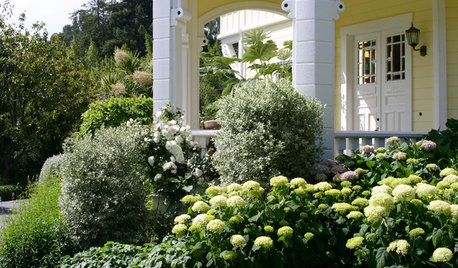
GARDENING AND LANDSCAPINGHave a Ball With Hydrangeas
Even if you don't tinker with the hue by changing the soil, hydrangeas have an entertaining range of uses in all kinds of landscapes
Full Story
GARDENING GUIDESCalifornia Gardener's June Checklist
Update your hydrangeas, catch up on tomatoes and more ways to enjoy your California garden in June
Full Story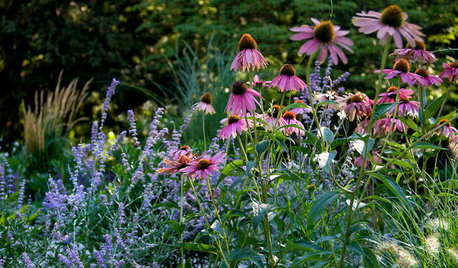
MOST POPULAREnjoy Your Summer Garden — Here’s What to Do in July
Our July gardening guides take the guesswork out of summer watering, pruning and planting. See our tips for your U.S. region
Full Story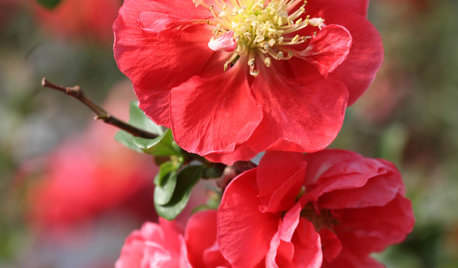
WINTER GARDENINGCalifornia Gardener's January Checklist
Winter-defying blooms and pruning saws earn a cheer, while California-focused gardening design books get a well-deserved shout-out
Full Story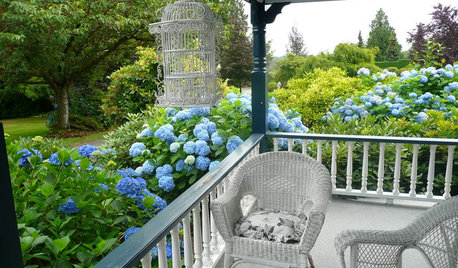
GARDENING GUIDESSummer Gardens Sing With Blues
When hot weather hits, bursts of blue keep the garden palette cool and calm
Full Story
NATIVE PLANTSGreat Design Plant: Wild Bergamot, Friend of Foragers
Nourish butterflies and other winged creatures with the tubular flowers of Monarda fistulosa, a pretty pink native
Full Story
TREES11 Japanese Maples for Breathtaking Color and Form
With such a wide range to choose from, there’s a beautiful Japanese maple to suit almost any setting
Full Story
LANDSCAPE DESIGNPretty Trees for Patios, Paths and Other Tight Spots
Choose trees for their size, shape and rate of growth — or shape them to fit your space. Here's how to get started
Full Story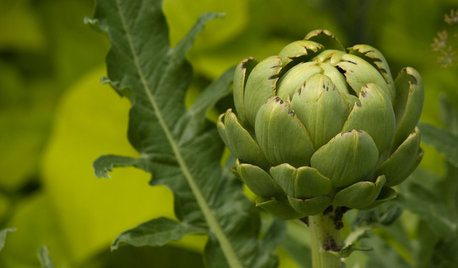
GARDENING GUIDESYour Garden Is Stirring — Here’s What to Do in February
February is a good time to start seeds, shape up shrubs and watch for the earliest blooms. Here’s what to do in your part of the U.S. now
Full StoryMore Discussions







ego45
yellowgirl
Related Professionals
Waterbury Landscape Contractors · Clayton Landscape Contractors · El Segundo Landscape Contractors · Fort Hunt Landscape Contractors · Hickory Hills Landscape Contractors · Louisville Landscape Contractors · Monterey Landscape Contractors · New Cassel Landscape Contractors · Plainview Landscape Contractors · Saint Paul Landscape Contractors · Waldorf Landscape Contractors · Hawaiian Gardens Landscape Contractors · Chesterfield Siding & Exteriors · Glen Burnie Siding & Exteriors · Round Rock Siding & Exteriorsego45
ally_ldOriginal Author
ego45
ally_ldOriginal Author
chrisanne1
luis_pr
jude31
gardengal48 (PNW Z8/9)
jude31